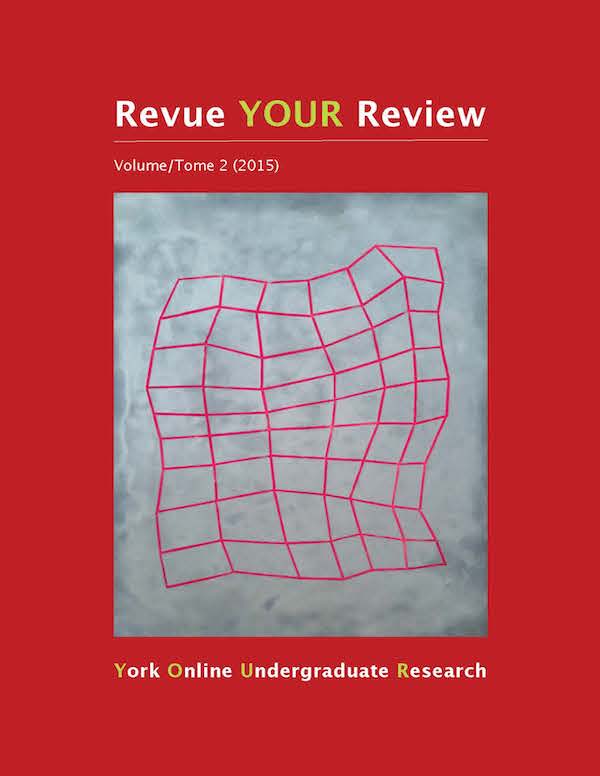SLUTS: From one Comment to a Global Phenomenon
Abstract
The SlutWalk movement turned into a massive global feminist movement no one saw coming. SlutWalk’s aim was to challenge the social normative blame of sexual assaults, and discourses that have historically imbued negative connotations to the term “slut.” This paper argues that the movement’s message has become undermined by the powerfully patriarchal hegemonic mass media, and focuses on analyzing and investigating the representation surrounding the participants of this movement in the Toronto Star. This paper uses a feminist perspective and Gramsci’s hegemony framework as lenses for critical analysis. The first section of the paper explores the historical and social manifestation of patriarchy, and how previous feminist movements have challenged its unequal oppressive and subjective nature. The section notes that despite the decades of past women’s movements to gain greater gender equality, sexual assault is still a prevalent issue today and presents the issue that sparked the SlutWalk movement, the movement’s message, and what it set out to accomplish/challenge. The second section explores Antonio Gramci’s theory of hegemony between the mass media and the public sphere. It focuses on different theories and strategies of manipulation, and the framing of various representations of groups and individuals by the mass media. The third section focuses on the chosen methodology, a relatively small qualitative discourse analysis, utilizing non-random sampling to gather three Toronto Star articles. The discourse analysis solely focuses on the discourse of the Star’s descriptions of the participants of SlutWalk. The findings suggest that the Toronto Star does misrepresent the SlutWalk participants and their messages, by undermining them through the use of a particularly narrow discourse that emphasizes their appearance, while diluting the key social issues they are challenging.
Downloads
How to Cite
Issue
Section
License
Authors contributing to Revue YOUR Review agree to release their articles under one of three Creative Commons licenses: Creative Commons Attribution 4.0 International; Creative Commons Attribution-NonCommercial 4.0 International; or Creative Commons Attribution-NoDerivatives 4.0 International. All editorial content, posters, and abstracts on this site are licensed under Creative Commons Attribution-NoDerivatives 4.0 International. For further information about each license, see:
https://creativecommons.org/licenses/
In all cases, authors retain copyright of their work and grant the e-journal right of first publication. Authors are able to enter into other contractual arrangements for the non-exclusive distribution of the e-journal's published version of the article (e.g., post it to an institutional repository or publish it in a book or in another journal), with an acknowledgement of its initial publication in this e-journal.


